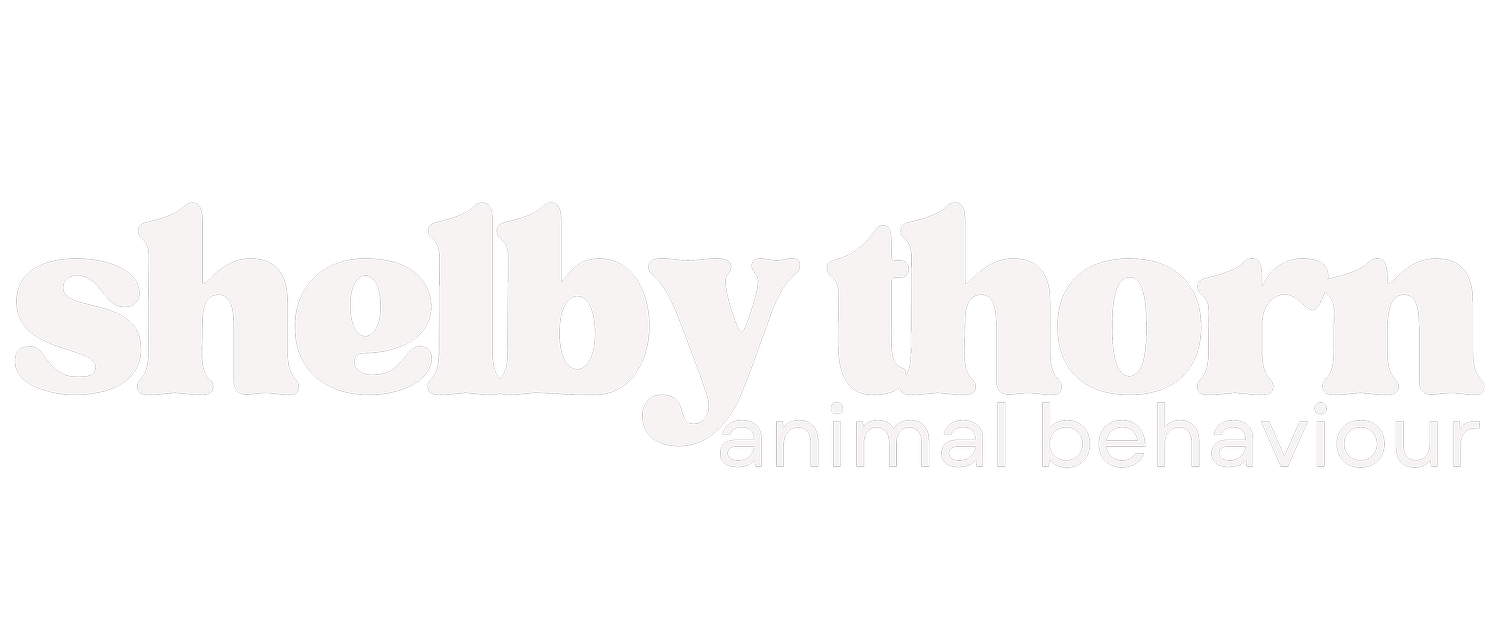Treat or Trick? Mastering the Art of Reinforcement
When it comes to dog training, reinforcement plays a pivotal role in shaping your pet’s behaviour. One of the most fundamental concepts in reinforcement-based training is understanding the difference between continuous reinforcement and intermittent reinforcement. By mastering when and how to use each, you can significantly improve your dog’s learning process and strengthen your bond.
In this post, we’ll break down the two types of reinforcement, when to use them, and the potential consequences of transitioning too quickly between the two—or not using any reinforcement at all.
What is Continuous Reinforcement?
Continuous reinforcement involves providing a reward every time your pet performs a desired behaviour. It’s the simplest form of reinforcement, where you consistently reward your pet each time they respond correctly, whether it's a sit, stay, or any other behaviour you're teaching.
For example, if you're teaching your dog to sit, you would give them a treat every time they sit on cue. This consistency helps your dog learn that the behaviour is directly associated with the reward, making it easier for them to understand and perform the behaviour reliably.
When to Use Continuous Reinforcement:
Initial Learning: Continuous reinforcement is most effective when you’re first teaching a new behaviour. The constant feedback helps your dog understand what’s expected.
Building Motivation: For dogs who are still learning to connect actions with rewards, continuous reinforcement creates a strong association between the behaviour and the reward.
Behaviour Shaping: It’s great when you’re trying to teach a behaviour from scratch or working on precise steps to get the desired result (e.g., teaching your dog to roll over or fetch).
What is Intermittent Reinforcement?
Once your dog has learned a behaviour well and performs it consistently, you can start switching to intermittent reinforcement. This method involves rewarding your dog only some of the time when they perform the behaviour. Not every correct action will be reinforced, which adds an element of unpredictability.
For example, if your dog is already reliably sitting on cue, you might reward them every third or fourth time, instead of every single time. The idea is to gradually reduce the frequency of rewards as the behaviour becomes more ingrained, making your dog’s response more resilient.
When to Use Intermittent Reinforcement:
Strengthening Established Behaviours: Once your dog has mastered a behaviour, intermittent reinforcement helps maintain it over the long term. It encourages your dog to continue performing the behaviour even without the guarantee of a reward.
Building Durability: Intermittent reinforcement makes behaviours more resistant to extinction. If you only reinforce sometimes, your dog learns that the reward isn’t guaranteed, which can increase their persistence.
Preventing Over-Reliance on Rewards: If you continue rewarding every time, your dog might begin to expect a treat every single time they perform a behaviour. Intermittent reinforcement helps avoid this.
Switching
Moving too quickly from continuous to intermittent reinforcement can create confusion for your dog. If you begin to withhold rewards before your dog has fully mastered the behaviour, they might not yet understand that they still need to perform the behaviour consistently to earn a reward.
The result? Your dog might become inconsistent or frustrated because they aren't getting the immediate feedback they're used to. This could even lead to a decrease in motivation to perform the behaviour or cause them to revert to old habits, undermining the training process.
For example, if your dog just learned how to sit reliably and you start giving intermittent rewards too soon, your dog might stop sitting altogether, confused about why they're no longer getting the treat.
To avoid this issue:
Wait until your dog consistently performs the behavior on command in different situations before switching to intermittent reinforcement.
Gradually reduce the frequency of rewards, ensuring your dog understands that they will still occasionally be reinforced, even if it's not every time.
The Consequences of Not Using Any Reinforcement
Not using reinforcement—or using it inconsistently—can have detrimental effects on your dog’s behaviour training. If there’s no reward for a behaviour, your dog has no incentive to continue performing it. In training, reinforcement is the "currency" that makes the behaviour worth repeating.
Without reinforcement, your dog may:
Lose Interest in Training: Without rewards to motivate them, your dog might stop engaging in training sessions altogether.
Revert to Unwanted Behaviours: If there's no positive reinforcement to reinforce good behaviour, your dog might fall back on old habits or behaviours that are undesirable.
Become Confused: A lack of consistency in rewarding desired behaviours can make your dog unsure about what's expected. This confusion can lead to anxiety and frustration, hindering their learning.
The Key to Balanced Reinforcement
In dog training, balance is crucial. Continuous reinforcement is great for introducing new behaviours and building a strong connection between action and reward, but it’s important not to stay in that phase too long. Once your dog has mastered a behaviour, transitioning to intermittent reinforcement helps maintain that behavior over time and strengthens the bond between you and your pet.
However, moving too quickly between these methods or neglecting reinforcement altogether can undermine your training efforts. By understanding the differences between continuous and intermittent reinforcement—and knowing when and how to use each—you'll be well on your way to fostering a well-behaved, happy dog who consistently follows your cues.

